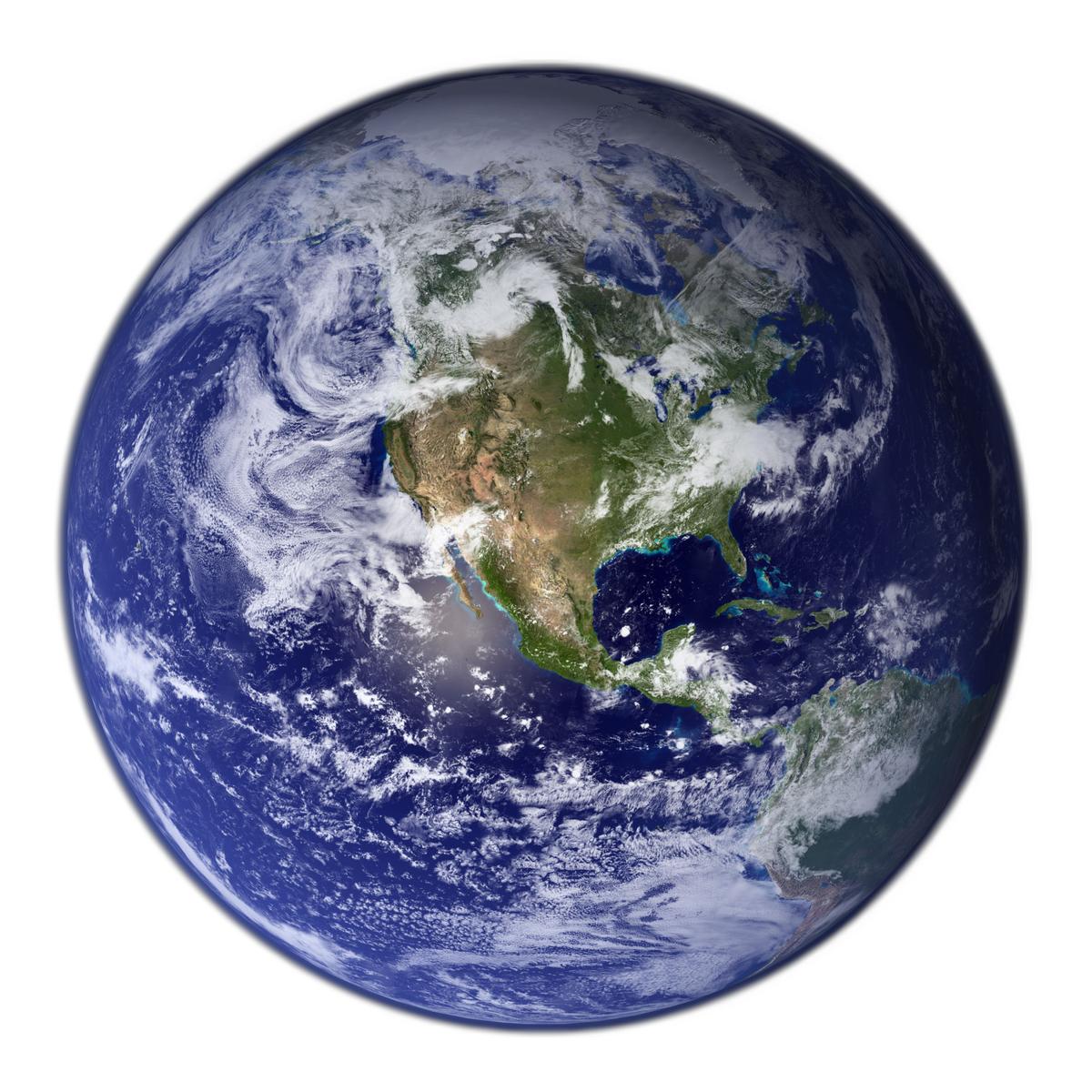Climate change made heatwave in India and Pakistan 30 times more likely, says WWA study
“Because of climate change, the probability of an event such as that in 2022 has increased by a factor of about 30”

Over the past two months, India, Pakistan, and other parts of South Asia have struggled with a destructive prolonged heatwave. Coupled with the effects of low rainfall, it has so far claimed at least 90 lives, resulted in power outages, and caused a 10-35% reduction in crop yields in agricultural states. The months of March and April were the hottest on record for India and Pakistan respectively.
“Because of climate change, the probability of an event such as that in 2022 has increased by a factor of about 30”, says a study published this week by the World Weather Attribution (WWA) group. WWA is led by a trio which includes Dr Fredi Otto, Senior Lecturer at the Grantham Institute, Imperial College London.
Heatwaves before the monsoon season are by no means uncommon in South Asia, but what sets this one apart is its early onset, and prolonged nature, which has devastated the agricultural regions in the northwest of India and south of Pakistan.
To arrive at the results, WWA scientists combined climate models with observational datasets containing spatial temperature data from 1951 onwards in India, and 1979 onwards in Pakistan. They compared the current climate with a hypothetical ‘pre-industrial’ climate. At present, the global mean temperature is around 1.2°C above pre-industrial levels, but if this figure is to rise as expected, events such as the 2022 heatwave could become even more likely.
“This is a sign of things to come”, said Prof. Arpita Modal, co-author of the study and a professor of Climate Studies at IIT Bombay. Speaking at a press briefing, she said, “In a 2°C warmer world, what is a one in 100-year event now could become as frequent as a one in five-year event”
Extreme heatwaves have become more frequent across the globe, as a result of human-caused climate change. This most recent heatwave in India and Pakistan has had wide-reaching effects. In Pakistan, a glacial lake outburst flood caused a major bridge collapse. Such flash flooding poses a risk for the more than 7 million people who live downstream. In India, meanwhile, the heatwave resulted in a spike in electricity demand, which depleted the nation’s coal reserves, causing power outages. The effects of the heat are worst for the poorest in the nation, who work outdoors and who also lack access to electricity and air-conditioning. Circumstances are set to worsen, with the study suggesting that the increasing frequency and intensity of heatwaves will cause some regions to “exceed limits to human survivability”.
The economic fallout of the heatwaves extends well beyond South Asia and has affected the wider world; India had been exporting more wheat to bolster global supplies, which have been severely reduced by the war in Ukraine. However, the heatwave has cut wheat yields, forcing the government to U-turn and implement a ban on wheat exports.
The WWA was keen to emphasise the importance of adaptation, stating, “While some losses will inevitably occur due to the extreme heat, it is misleading to assume that the impacts are inevitable. Adaptation to extreme heat can be effective at reducing mortality.” It specifically advocated for early warning and action plans, alongside improved awareness and messaging. India’s rollout of these plans, which covers 130 cities and towns across the nation, was praised as “remarkable”.









